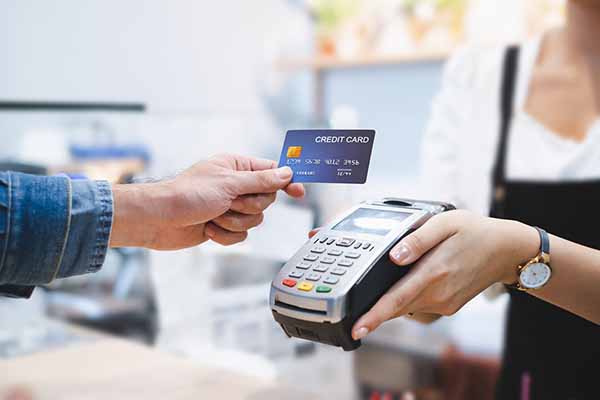From physical currency to card/mobile payment, we have certainly come a long way. Even in card payments, contactless payment has become increasingly popular in the past few years. For the uninitiated, contactless payment or tap payment as it is known as refers to a secure method for purchasing products or services using a debit or credit card, smart card, or another payment device by using radio frequency identification (RFID) technology and near-field communication (NFC). The contactless payment method works by tapping the card or device near a point-of-sale terminal equipped with contactless payment technology.
Contactless payment comes with several benefits, including ease of operation for users, enhanced security, and independent payment terminals such as smartphones. Being easy and fast, the contactless payment method has been widely accepted by customers. Contactless payment by cards, which come with chip technology, protects the users from any fraudulent transactions. The encryption of data and dynamic data technology encourages users to trust mobile applications that are used to make contactless payments.
Technological advances and the emergence of mobile wallets and real-time payment systems like Unified Payments Interface (UPI), which have allowed the use of smartphones for carrying out monetary transactions in a secure manner, have also added to its popularity. Customers can also connect their cards to the smartphone, smartwatch, or even the fitness tracer to make contactless payments.
The rise of a cashless society and resilient mobile applications is associated with the technology involved. Contactless payment methods are less riskier than those without the facility, but no technology is foolproof and all such advances come with their own set of risks such as identity theft, data theft, and even extreme such as hackers using radio frequency transmitters. Industry experts have come up with simple solutions to eliminate most of these risks.
Some of the solutions include combining secure mobile app development technologies with methods such as multi-factor authentication, digital signatures, KYC, and pin generation through mobile. General features such as data recording, report generation, and only trusting devices and applications that comply with certain payment security regulations have also been implemented. In the event of a big deviation from the regular spending and purchasing pattern of the cardholder, the systems instantly reset the card pin. The card can be used for making payments only after the system verifies the user’s authenticity by asking a security question, multi-factor authentication, or in some other way.
There are also other technologies involved such as near-field communication technology for not allowing an individual to track the frequency of payment-enabled cards. The most amazing technology of all is dynamic data authentication, which involves the method of establishing public-key cryptography.
With consumers, banks, and other stakeholders working closely, the contactless payment system is as simple and secure as any existing system, if not more. Mobile app developers are also increasingly focusing on the next fintech revolution and further advancements in the field of contactless payment technologies that will go a long way in making it even more secure and simpler.
About the author:

Chirag Leuva is the co-founder and CEO of Yudiz Solution Ltd.
















